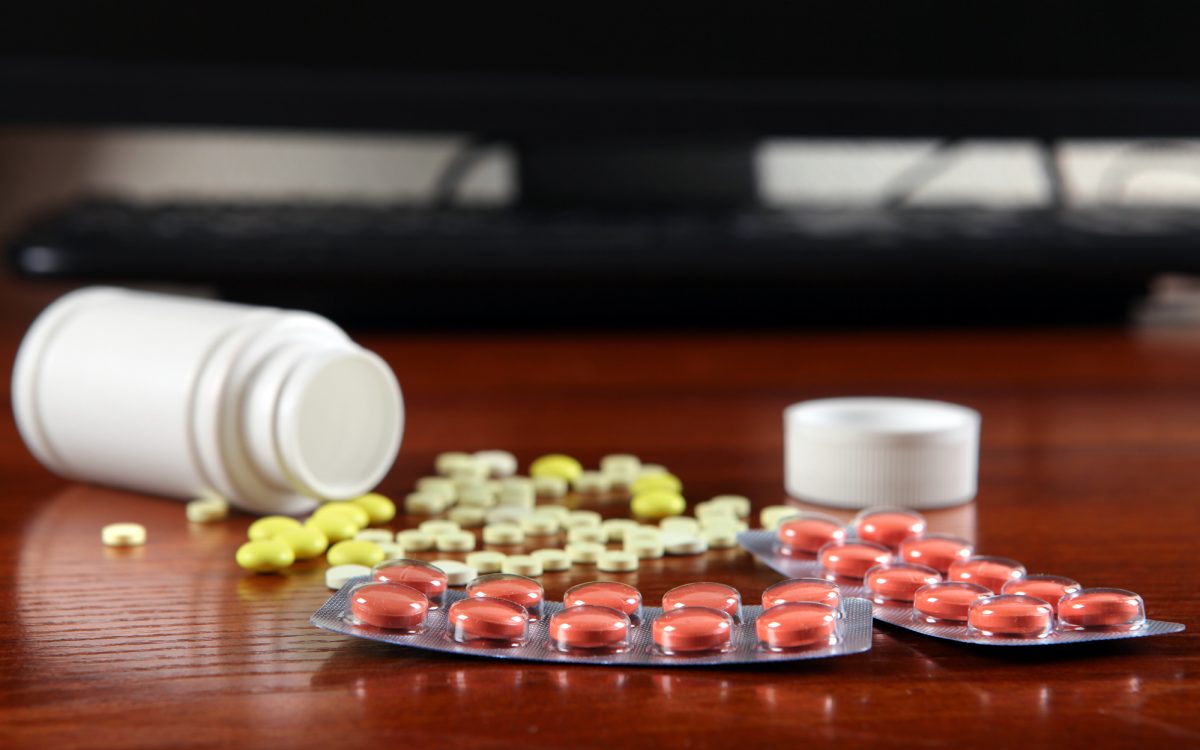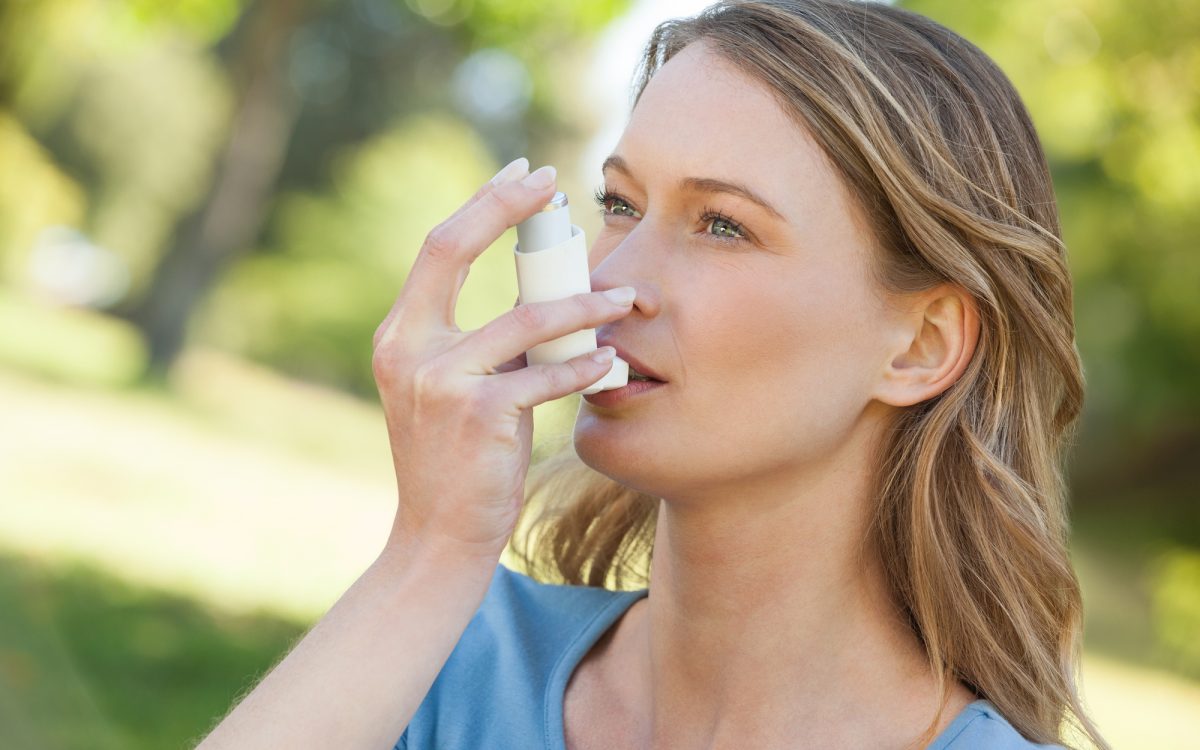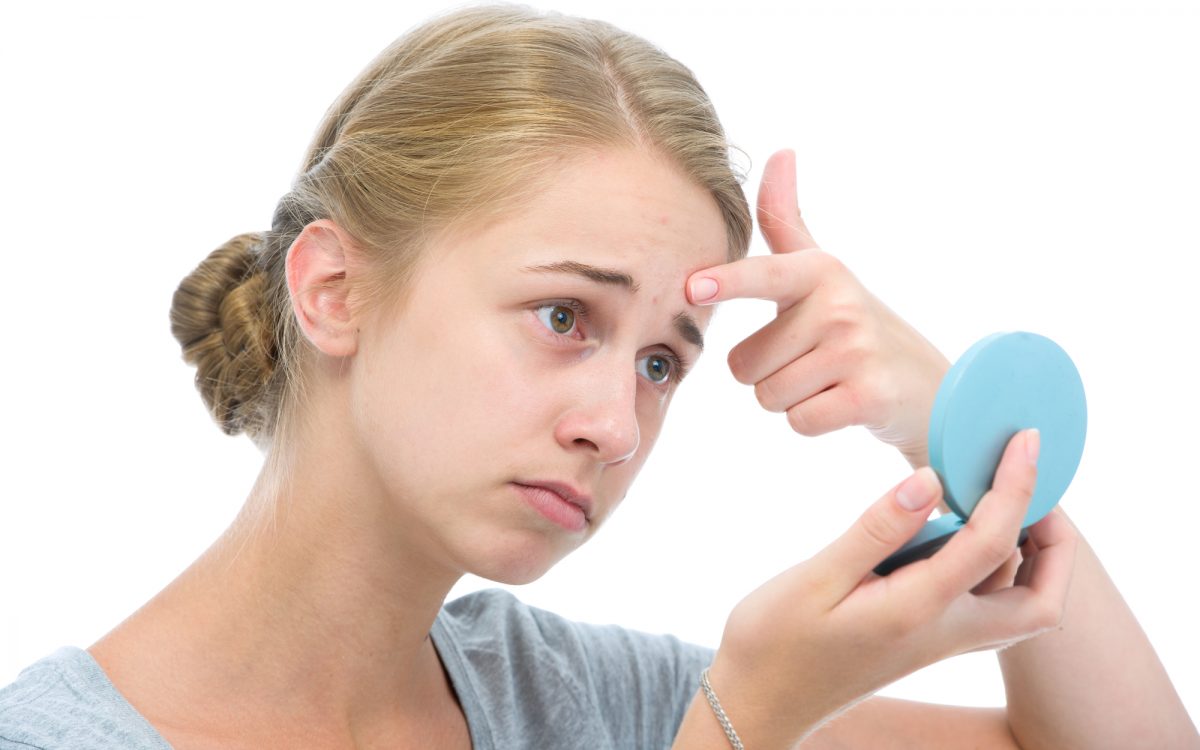Opiates for Fibromyalgia and Chronic Fatigue Syndrome
What You Need to Know About Narcotics
Fibromyalgia (FMS) and chronic fatigue syndrome (ME/CFS) have a huge number of symptoms. Pain is one of them, and very often patients need to take a variety of drugs to treat these conditions. All medications can’t be completely safe for a patient’s health, especially if you combine several of them. Therefore, it is worth getting more information about your medication.
Doctors often prescribe opiate drugs to treat chronic pain. Opioids work by imitating a natural pain-relieving chemical – an opioid peptide, which our bodies produce naturally. Opiate drugs, similar to these natural chemicals, affect some receptors in the brain and spinal cord and relieve pain.
Common Opiates
Several opiates have been on the market for a long time, are generally inexpensive, and are available in generic form. Common opiates include:
The most common opiates are relatively cheap and have been available for consumer for a long time. They include:
- Tramadol
- Codeine
- Fentanyl
- Hydromorphone
- Morphine
- Oxycodone
- Hydrocodone
- Oxymorphone
In addition, some prescribed opiate medications may contain acetaminophen, for example, Tylenol. Other over-the-counter drugs that contain acetaminophen include:
- Percocet (oxycodone/acetaminophen)
- Ultracet (tramadol/acetaminophen)
- Vicodin (hydrocodone/acetaminophen)
If you have to take a combination drug, make sure you are aware about the risks of both constituents.
The Effectiveness of Opiates
Medics generally do not consider opiates to be very effective in managing FMS pain. Studies usually support that, but however opiates are still used for the treatment of FMS pain.
There is no research on opiates about ME/CFS pain. Nevertheless, this disease has two types of pain: hyperalgesia (pain amplification) and allodynia (pain from normally non-painful stimuli). These two pain types also relate to FMS and here we can see some evidences.
For instance, a 2014 study (Gaskell) didn’t find any published, high-quality trials of oxycodone for fibromyalgia or non-diabetic neuropathic pain. A 2015 study (Peng) examined how long-term opioid treatment in FMS patients affected them. This study concluded patients who were taking other drugs could see improvement in symptoms compared to those who were taking opiate medications.
A Canadian study (Fitzcharles) states:
We have no evidence that [opioids] improved status beyond standard care and [they] may even have contributed to a less favorable outcome.
However, the situation is reverse, when you talk to people who use opiates to treat these diseases. Many patients complain that their pain is so severe that they can’t live without taking opioids. A lot of doctors do prescribe them. Another study that have been conducted for 11 years and ended in 2010 stated that opiate rate had grown up from 40% to 46%.
So why does research show that opiate drugs are not very effective, while doctors continue to prescribe them anyway? It is hard to say why exactly, but there are two possible answers: the placebo effect and overlapping pain conditions. The placebo effect is a proved well-known phenomenon when people believe that a medication there are taking will help them although it is not intended to be used in their condition. Overlapping pain conditions mean that very often patients with FMS have many other diseases, and when they take opiates it helps them to control pain from something else, but not necessarily FMS pain.
In spite of the fact that opiates help many patients to control their pain symptoms, medical community does not approve them for FMS and ME/CFS treatment. Besides, the regulations about opiate use continue to increase which provoked indignation among patients.
Risks of Taking Opiates: Dependence, Overdose, Victimization
Addiction to Opiates
Opiates are narcotic drugs and may cause dependence. Media and law enforcement were particularly interested in this issue, which made many people worry about opiates. But, some researches demonstrate that the risk for dependence is not that high as it was thought. The risk is higher in patients who were previously addicted to other drugs though.
Overdose of Opiates
Overdose can be lethal. Sometimes it can happen when a person takes extra dose because the first one didn’t relieve the pain sufficiently. People who have been diagnosed with cognitive dysfunction (fibro fog) associated with FMS and ME/CFS may also have some difficulties with keeping the track when they took the medication and may influence on taking another dose sooner than needed.
Moreover, drug tolerance may also contribute to the overdose of opiates. Very often, when people tale opiates on a regular basis for a long time they start developing a tolerance. When it happens, the opiates can become less effective than they were in the beginning. Your doctor may gradually increase your dosage. But, you should remember to take opiates only as directed without changing your dose on your own. Your body is not able to manage high doses of opiates.
Symptoms of opiate overdose may include:
- Dizziness
- Black out
- Nausea
- Vomiting
- Decreased heart rate
- Breathing issues
- Cold and damp skin
- Muscle spasms
Seek medical help immediately if you have the symptoms of opiate overdose.
Also, it is possible that over time opiates may intensify pain. This effect is known as opioid-induced hyperalgesia. Some studies have shown that opioid drugs can lead to an increased sensitivity of some types of pain.
Victimization
It is not a good idea to disclosure the fact that you take opioids to a lot of people because you may be at risk for victimization. Pay attention to that and try to protect yourself.
Opiate Side Effects & Interactions
Opiates, as any other medications, may cause side effects. Common opiate side effects include:
- Nausea and/or vomiting
- Incresed fatigue and sleepiness
- Dry mouth
- Dizziness upon standing (due to drops in blood pressure)
- Problems urinating
- Constipation
Look for possible side effects, as well, as for interactions before taking the drug. Side effects may vary depending on a manufacturer. You can always learn more about your particular drug at your pharmacy or on manufacturer’s website.
Using opiates together with some other types of drugs can lead to very bad side effects, including death. Opiate drugs interactions include:
- Other pain medications
- Sleeping pills
- Antihistamines (allergy medicine)
- Muscle relaxants
- Antidepressants, anti-anxiety drugs
- Alcohol
Don’t forget to inform your doctor about all the drugs you take, including over-the-counter medications. Your doctor will pick the best option for your particular case.
How to Reduce the Risk?
To reduce the risk you should only take your opiates as directed; carefully follow the instructions and recommendations given by your doctor. If you combine drugs, ensure that they are safe if taken together.
You can use your phone to help you to keep a track of the drugs you take. It can facilitate taking drugs on time and lower the risk of overdose. You can also consider asking a family member or friend to help your monitor your medications.





